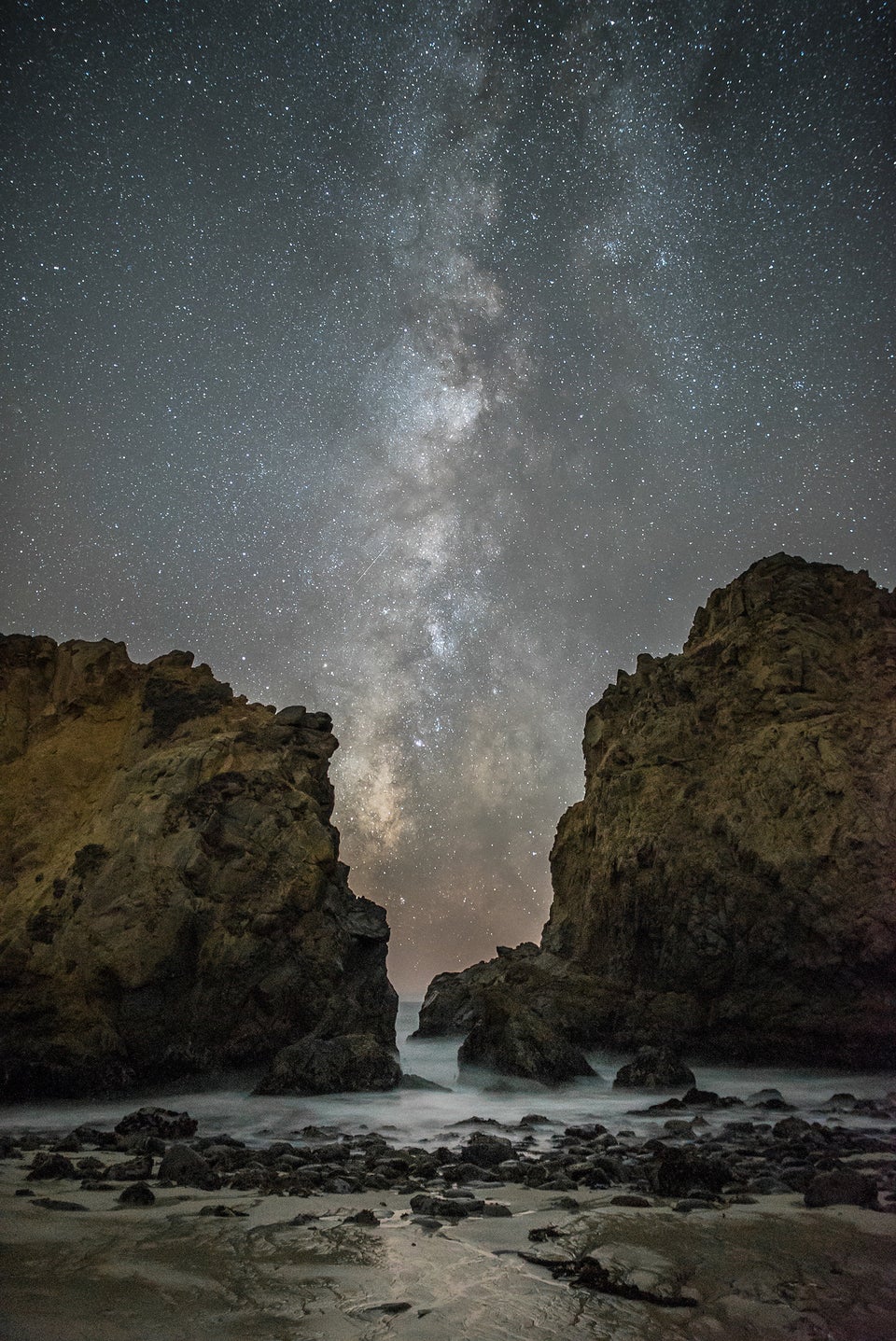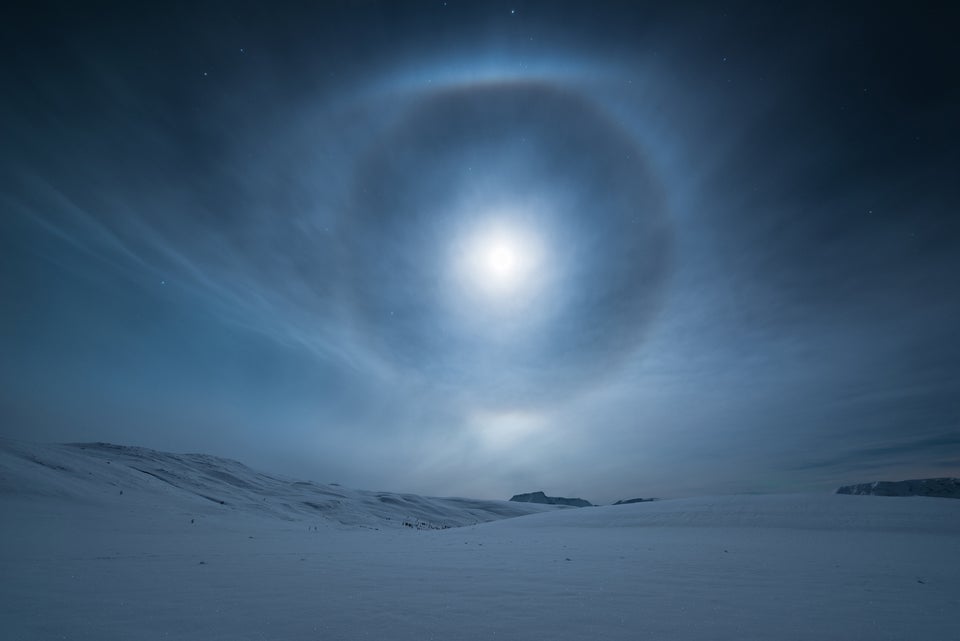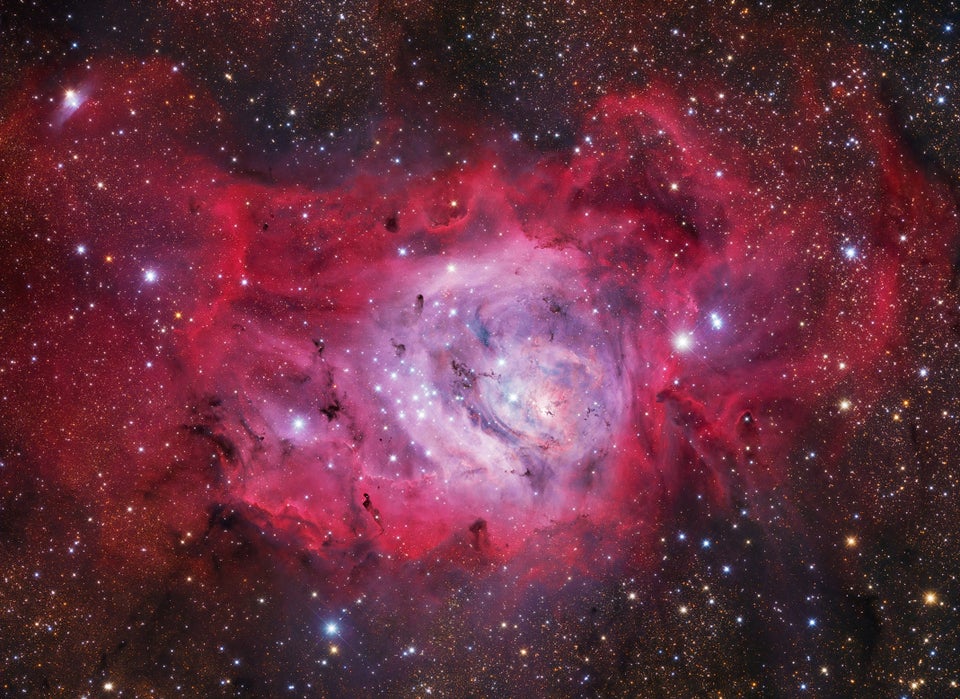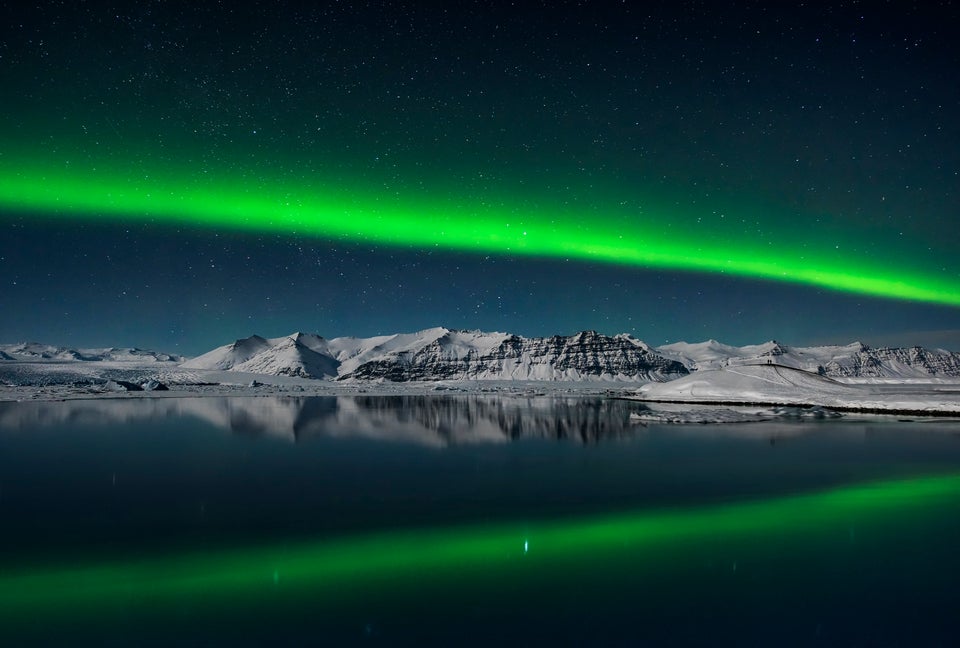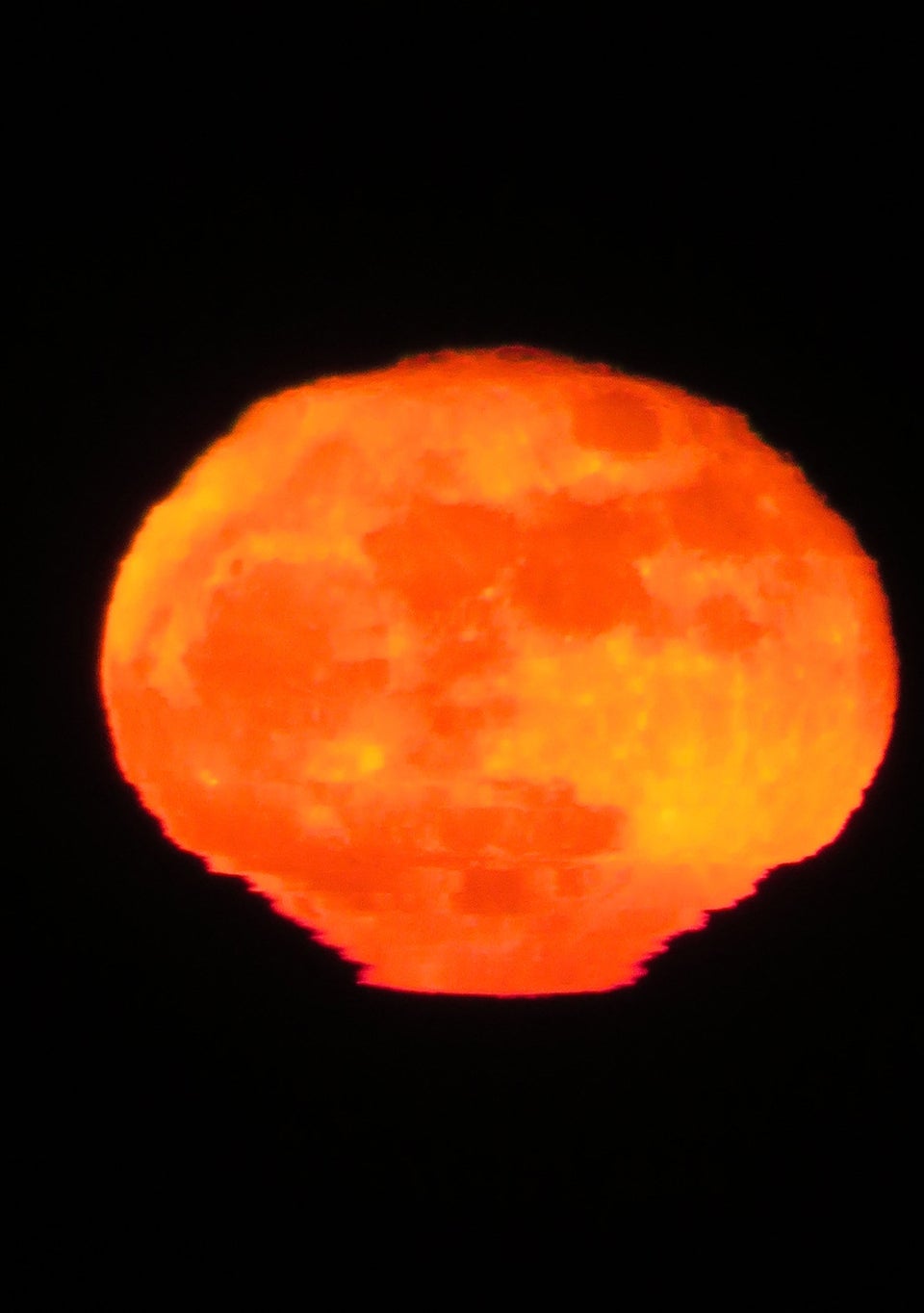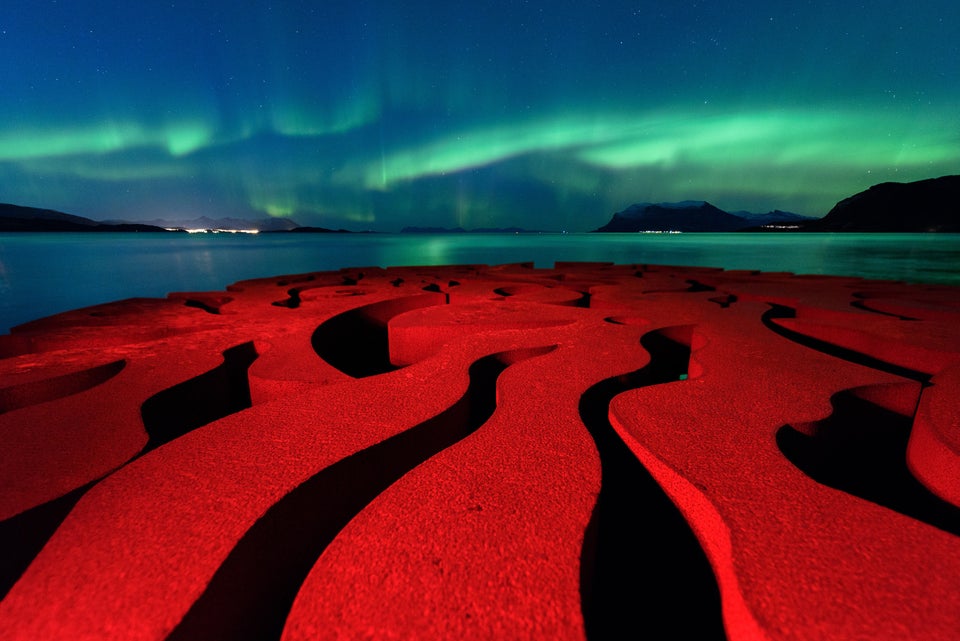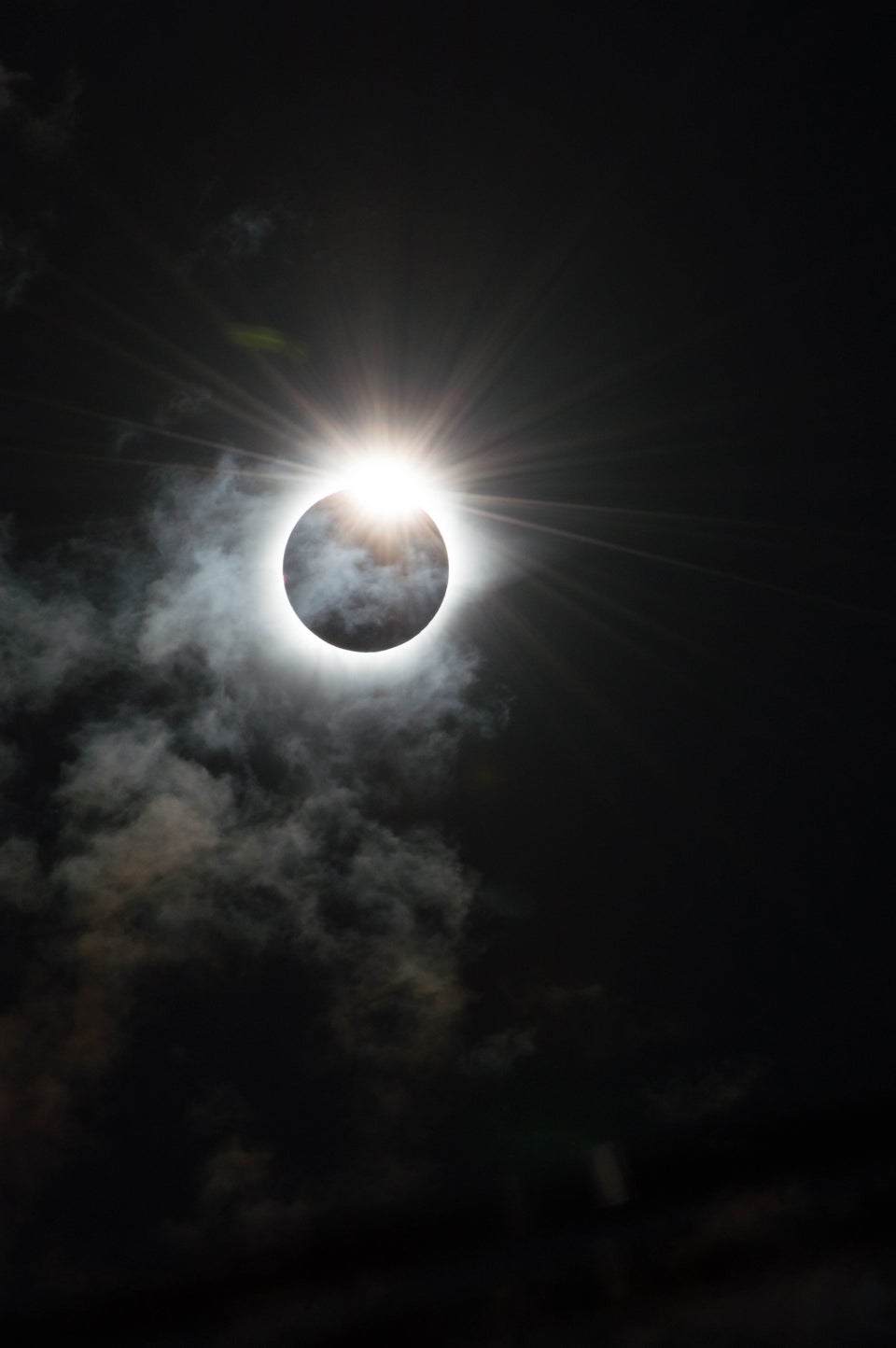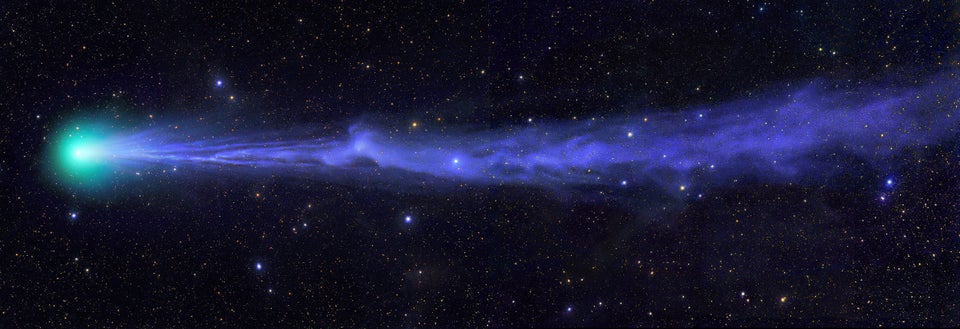As you’re reading this, a river of molten iron as wide as the United Kingdom is silently, effortlessly hurtling towards Canada.
The reason why no one in Canada is dropping everything and running is because it’s actually 3,000km beneath the surface of our planet.
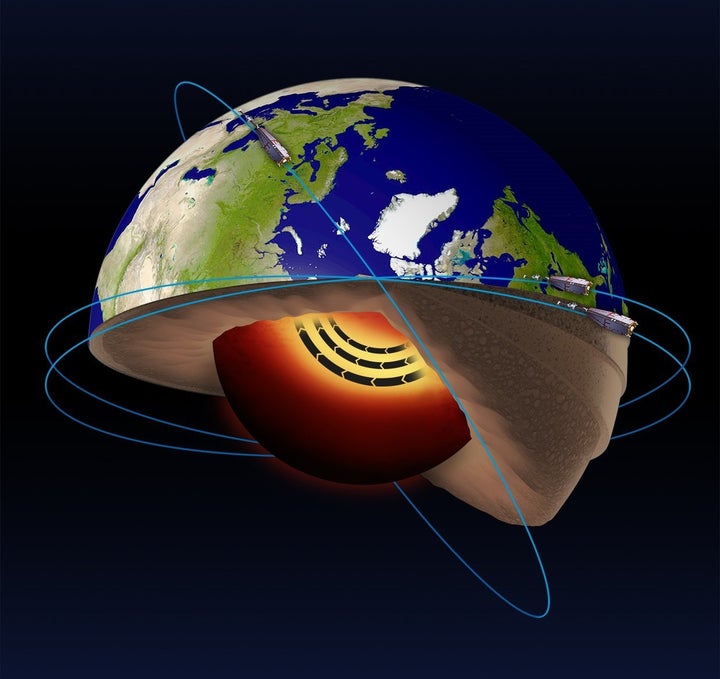
This incredible phenomenon has been detected for the first time thanks to a swarm of tiny satellites currently orbiting the planet.
By detecting tiny changes in the Earth’s powerful magnetic field scientists have been hoping to learn more about the mysterious core of our planet, and in turn learn more about our planet’s invisible magnetic forcefield that protects us from the Sun’s radiation.
What scientists at the European Space Agency discovered was remarkable; a ‘jet stream’ of liquid metal surging around our planet.
It didn’t stop there, what they discovered next really intrigued them, you see the lava field was speeding up.
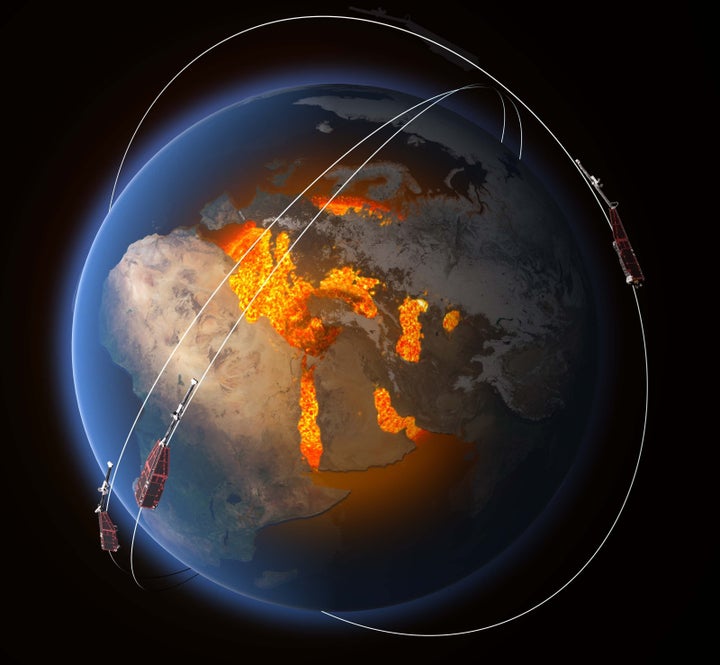
Much like the ‘jet stream’ that pushes warm air around our planet, scientists believe that this huge river of liquid metal speeds up and slows down just like a weather system, naturally changing over hundreds of years.
This would then explain the subtle (and drastic) changes that have taken place in our planet’s magnetic field.
In case you’re wondering why we had no idea about something that was right beneath our own feet, here’s Chris Finlay from the Technical University of Denmark with a helpful pointer:
“We know more about the Sun than Earth’s core because the Sun is not hidden from us by 3000 km of rock.”

What we do know however is that much like the simply dynamo in a bicycle light, as this liquid metal spins around our core it generates an immensely powerful magnetic field, shielding us from the harmful radiation of the sun.
So what happens next? Well the swarm satellites now offer scientists an unprecedented view of the world deep beneath our feet and it’s expected that many more exciting discoveries will be made in the next 18-24 months.
Rune Floberghagen, ESA’s Swarm mission manager, added, “Further surprises are likely. The magnetic field is forever changing, and this could even make the jet stream switch direction.
“This feature is one of the first deep-Earth discoveries made possible by Swarm. With the unprecedented resolution now possible, it’s a very exciting time – we simply don’t know what we’ll discover next about our planet.”
Astronomy Photographer Of The Year 2016:


